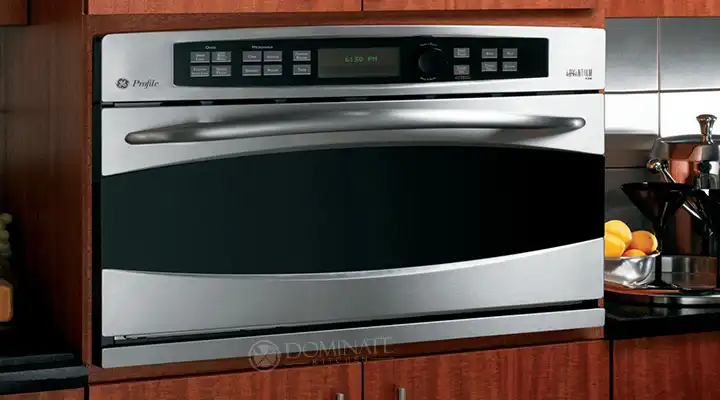What Size Wire Do I Need For An Electric Oven (Finding the Right Wire Size)
When it comes to setting up your electric oven, one of the key questions you might have is, “What size wire do I need?” It’s an essential consideration because using the right wire size ensures safety and efficient operation. The answer to this question depends on the amperage rating of your electric oven, which is typically indicated on the oven’s nameplate. The wire size can vary range from 4 AWG to 12 AWG.
In this article, we’ll provide a straightforward guide to help you determine the appropriate wire size for your electric oven. We’ll also offer a quick reference table to make the process easier. Keep in mind that while the table provides general recommendations, the specific wire size you need might vary based on factors such as the length of the wire run and the type of insulation used.
Now, let’s explore the recommended wire sizes for different amperage ratings to ensure your electric oven installation is safe and trouble-free.
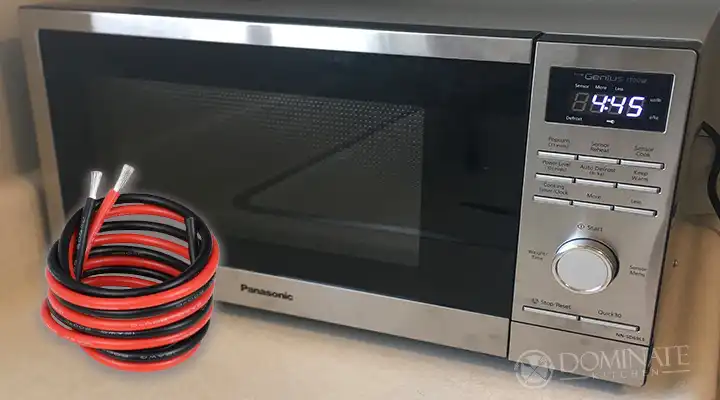
The Wire Size for an Electric Oven
Selecting the right wire size for your electric oven is crucial to ensure a safe and efficient electrical connection. It all hinges on the amperage rating, which can be found on the oven’s nameplate. But what is wire size, and how do you choose the appropriate one?
Choosing the Right Wire Size for Your Electric Oven
Wire size is commonly denoted using a system known as AWG, which stands for “American Wire Gauge.” This system measures the diameter of wires, with lower AWG numbers signifying thicker wires capable of carrying higher electrical currents.
Here’s in this table a simple guideline to help you determine the wire size you’ll need for your electric oven, based on its amperage rating:
| Amperage Rating | Wire Size (AWG) |
|---|---|
| 20 amps | 12 AWG |
| 30 amps | 10 AWG |
| 40 amps | 8 AWG |
| 50 amps | 6 AWG |
| 60 amps | 4 AWG |
In the table provided, we offer a clear breakdown of the recommended wire sizes for electric ovens based on their amperage ratings. Let’s break down what this table means:
Amperage Rating: This column indicates the amperage, which is a measure of the electrical current that the oven requires to operate. The amperage rating can typically be found on the nameplate of your electric oven.
Wire Size (AWG): This column specifies the wire size you should use to safely and efficiently connect your electric oven. The wire size is denoted using the AWG system, where a lower AWG number corresponds to a thicker wire capable of handling higher electrical currents.
Now, here’s what each row in the table tells you:
- 20 amps: If your electric oven has an amperage rating of 20 amps, it’s advisable to use 12 AWG wire for the electrical connection.
- 30 amps: For ovens rated at 30 amps, you should select 10 AWG wires to ensure the wiring can handle the necessary electrical load.
- 40 amps: Ovens with a 40-amp rating require 8 AWG wire to ensure safe and efficient operation.
- 50 amps: When dealing with an electric oven that has a high amperage rating of 50 amps, it’s essential to use 6 AWG wire for adequate electrical capacity.
- 60 amps: The most powerful electric ovens, rated at 60 amps, demand 4 AWG wires to accommodate the high electrical current safely.
It’s important to note that these recommendations serve as general guidelines. Depending on the specifics of your installation, such as the length of the wire run and the type of insulation used, adjustments to the wire size may be necessary. Properly matching the wire size to your oven’s amperage rating is essential for both safety and performance in your kitchen.
Can I Use a 10/3 Wire For A Stove?
Yes, you can! A common electric stove uses a 240-volt circuit or a breaker of about 30 amps so a 10/3 or 10 AWG wire is optimal to use. Wires any thinner than 10 AWG like 12-14 AWG will have issues and might melt while using. Running a 30 amp stove, which is a typical type of stove these days, with 10 3 wires should be no problem.
It shouldn’t be a problem as long as the amp requirement matches the installed circuit. If, however, the stove has greater amp requirements, a 10 3 wire might not be enough and you may need to upgrade. Simply put, a 10/3 wire is sufficient for a normal 30 amp stove. But if the stove needs more than 30 amps using 10/3 is not enough and you will need to upgrade.
Frequently Asked Questions
What Size Wire Do I Need For A 220 Stove?
A circuit breaker for a 220 stove is 40 amps, so for an electric stove like that, you’ll need wire that’s 8 AWG or 3.26 MM in size. For electric devices with a breaker of 40-50 amps, 8 AWG wires should be used. If not, the appliance will not work correctly and may pose a fire hazard. On stoves with a 40 amp breaker, a 6 AWG wire is used for safety, but an 8 AWG wire will also work.
What Size Breaker Do I Need For A Stove?
It is industry standard to use a 50 amps breaker on normal electric stoves. Normal household appliances draw roughly 40 amps. But an oven requires a double circuit breaker rated at 50 amps. Larger stoves with more features need breakers that are more than 60 amps.
Depending on what breaker your stove has, the use of an 8/3 will vary. For any stove with more than 45 amps, you will need a 6/3 rather than an 8 3 wire. 8/3 wires can only handle 45 amps. Using 8/3 wires on a stove that requires more will 100% burn them and you will need to buy a new one. Therefore, you can use 8/3 wire without having to worry.
Conclusion
In summary, selecting the right wire size for your electric oven is essential for safety and efficiency. Follow the AWG guidelines based on your oven’s amperage rating, but keep in mind that specific situations may require adjustments based on factors like wire run length and insulation type. Ensuring the correct wire size will result in a secure and reliable setup for your electric oven.

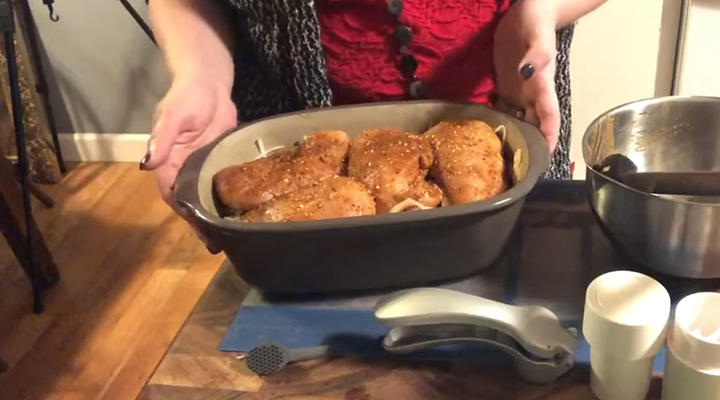
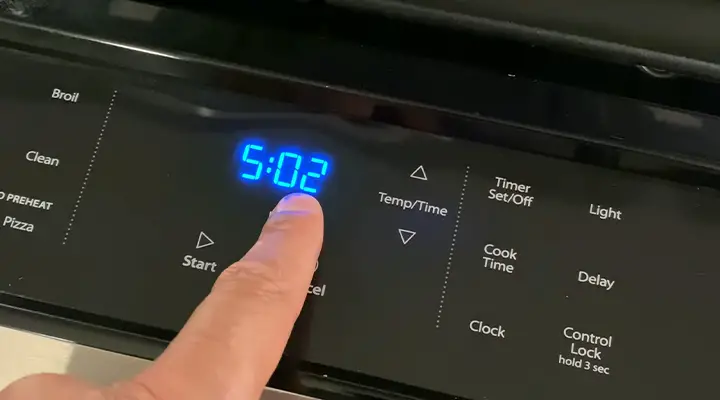
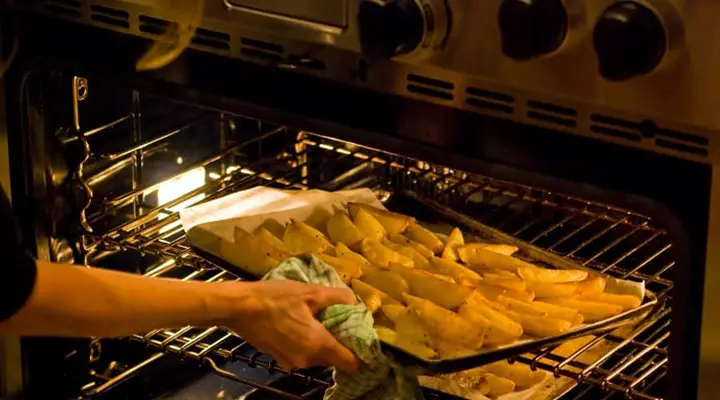
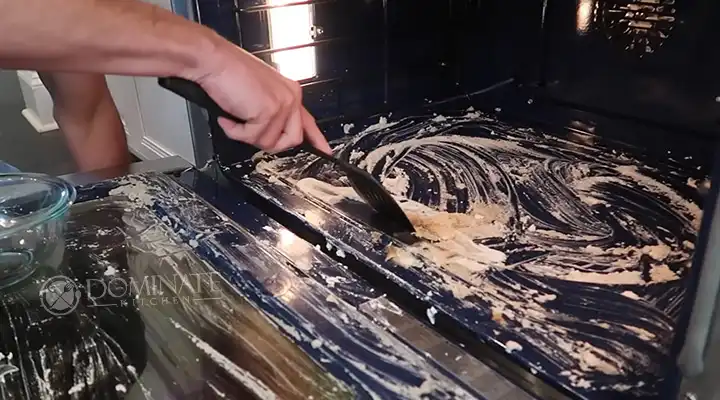
![Does An Electric Pizza Oven Require A Hood [Explained]](https://www.dominatekitchen.com/wp-content/uploads/2022/04/Does-An-Electric-Pizza-Oven-Require-A-Hood.jpg)
